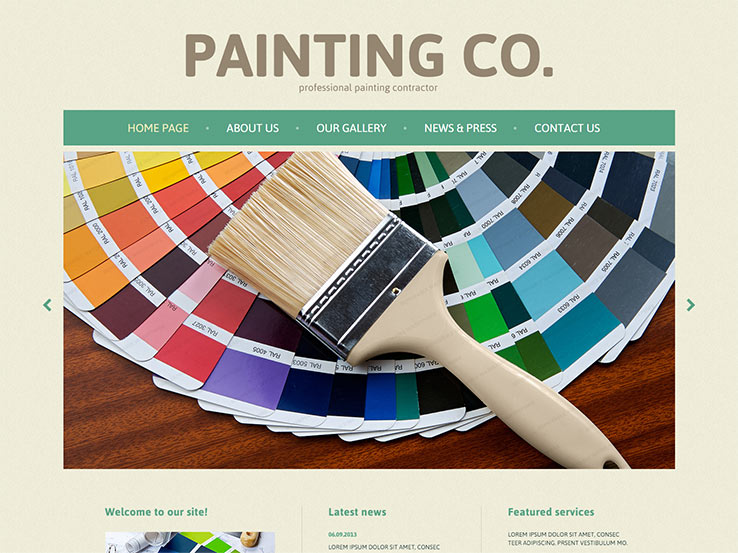Secret Seasonal Considerations For Commercial Outside Painting: What You Required To Be Educated Concerning
Secret Seasonal Considerations For Commercial Outside Painting: What You Required To Be Educated Concerning
Blog Article
Post Developed By- minneapolis painters
When you're preparing a business outside paint job, seasonal factors can make or break your outcomes. You'll want to consider how temperature and moisture impact paint application and drying out times. Choosing the ideal period can ensure your paint adheres appropriately and lasts longer. Yet which periods are truly the very best for this kind of job? Allow's check out the key elements that can impact your task's success.
The Influence of Temperature Level on Paint Application
When you're planning an industrial external paint task, the temperature can significantly impact just how well the paint adheres and dries out.
Ideally, you want to paint when temperature levels vary in between 50 ° F and 85 ° F. If it's also cold, the paint might not heal effectively, bring about issues like peeling off or breaking.
On the other hand, if it's also hot, the paint can dry out also quickly, avoiding proper bond and resulting in an unequal surface.
You must additionally take into consideration the time of day; morning or late afternoon offers cooler temperature levels, which can be a lot more favorable.
Always check the supplier's recommendations for the details paint you're using, as they often supply advice on the ideal temperature variety for optimal outcomes.
Humidity and Its Effect on Drying Times
Temperature level isn't the only environmental variable that affects your business exterior paint project; humidity plays a significant duty as well. High moisture levels can slow down drying times substantially, influencing the general top quality of your paint job.
When the air is saturated with moisture, the paint takes longer to heal, which can result in problems like inadequate attachment and a higher risk of mildew development. If you're repainting on a particularly humid day, be planned for prolonged delay times between coats.
It's important to keep track of regional weather conditions and plan appropriately. Ideally, go for humidity degrees in between 40% and 70% for ideal drying.
Keeping these factors in mind ensures your job remains on track and provides a lasting finish.
Best Seasons for Commercial Outside Paint Projects
What's the best time of year for your commercial external paint jobs?
Springtime and early loss are generally your best bets. During these seasons, temperature levels are light, and humidity levels are frequently reduced, developing optimal problems for paint application and drying.
Prevent summertime's intense heat, which can cause paint to completely dry too quickly, leading to poor attachment and finish. Likewise, winter season's cold temperature levels can impede proper drying and treating, risking the durability of your paint work.
Go for https://www.cbc.ca/news/copyright/prince-edward-island/pei-painting-interior-tips-1.5084435 with temperatures between 50 ° F and 85 ° F for ideal outcomes. Bear in mind to examine the local weather forecast for rainfall, as damp problems can destroy your task.
Preparation around these aspects ensures your painting job runs smoothly and lasts much longer.
Final thought
Finally, planning your industrial outside paint jobs around seasonal considerations can make a substantial difference in the outcome. By organizing job during the perfect temperatures and humidity levels, you'll ensure far better attachment and drying out times. Keep in mind to keep an eye on regional weather report and select the correct time of year-- springtime and early loss are your best choices. Taking these actions will certainly help you accomplish a sturdy and professional coating that lasts.
